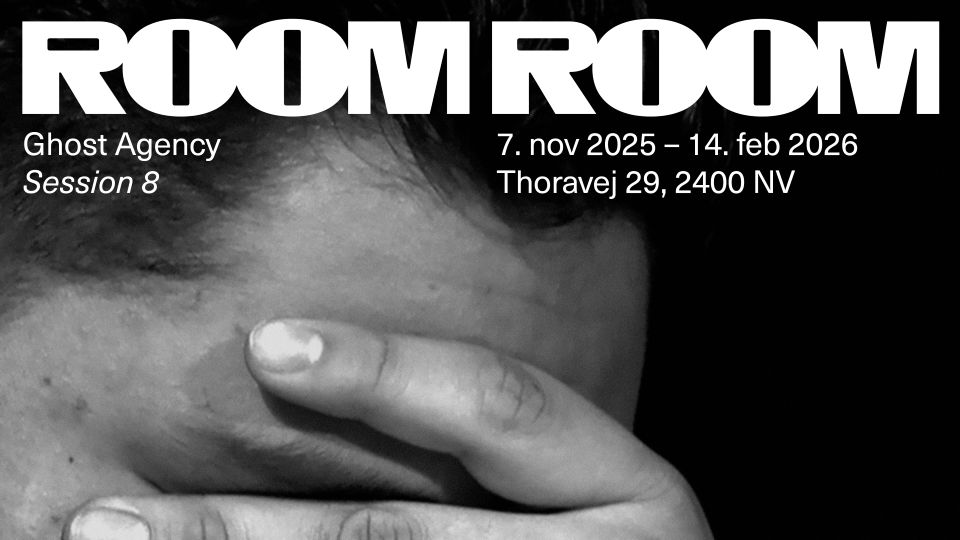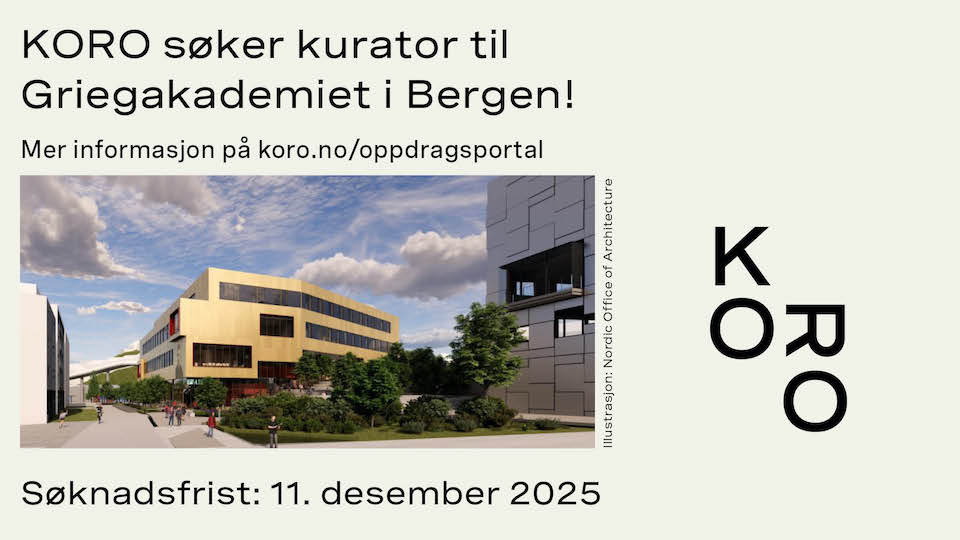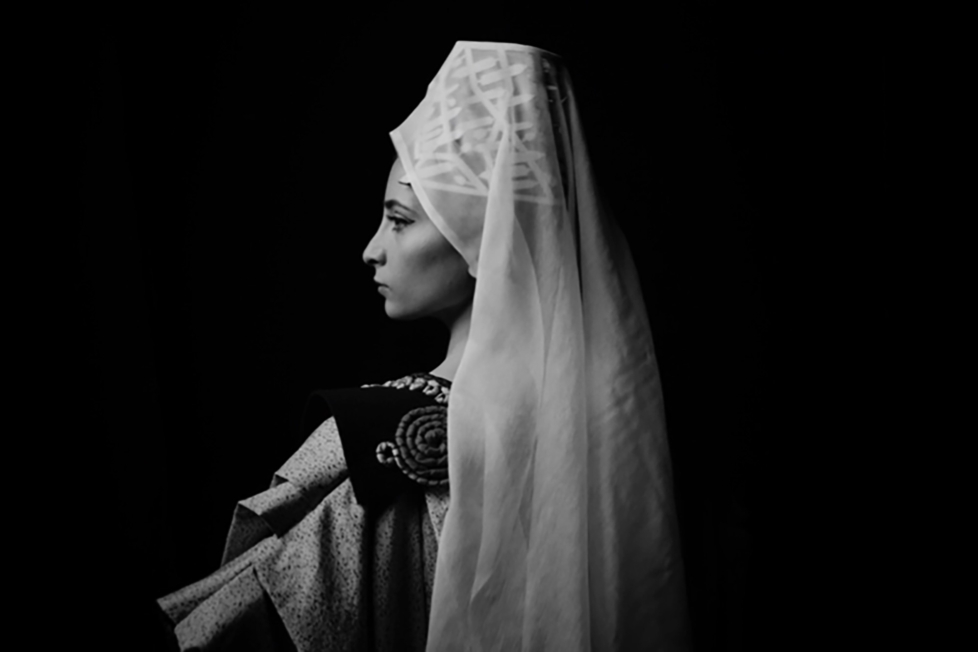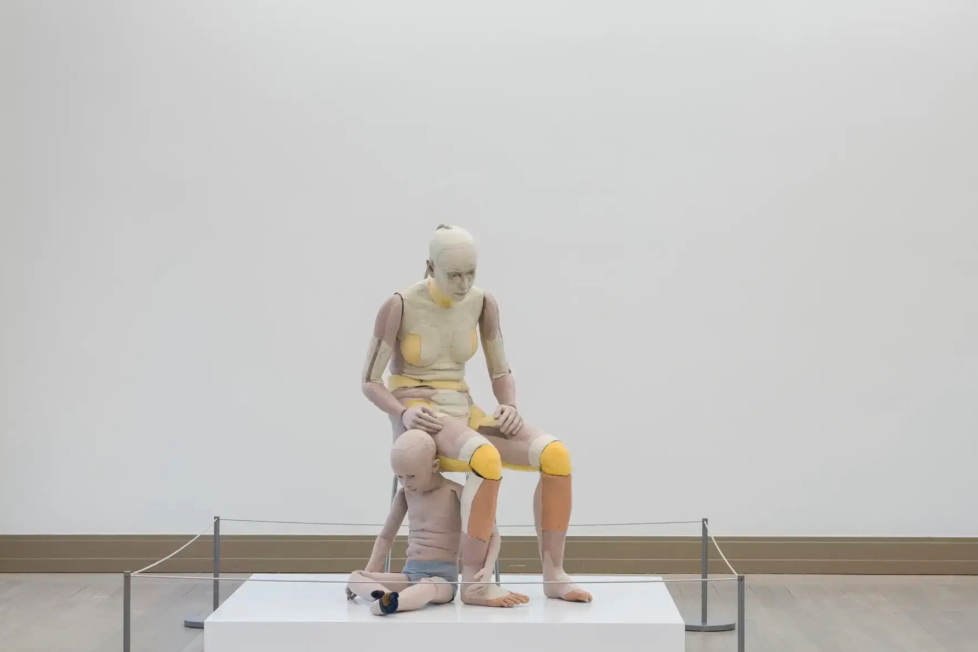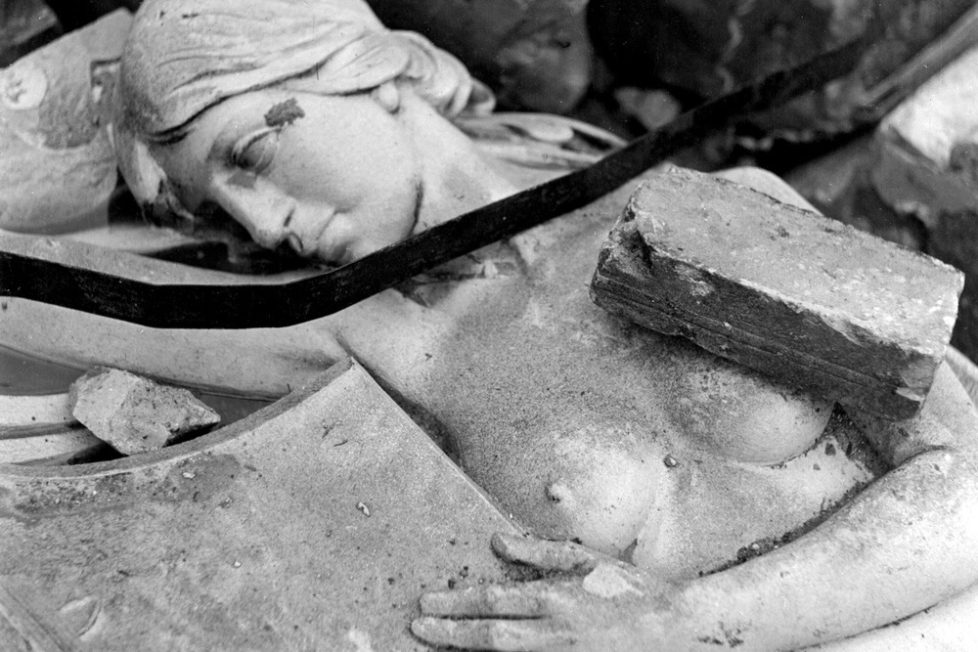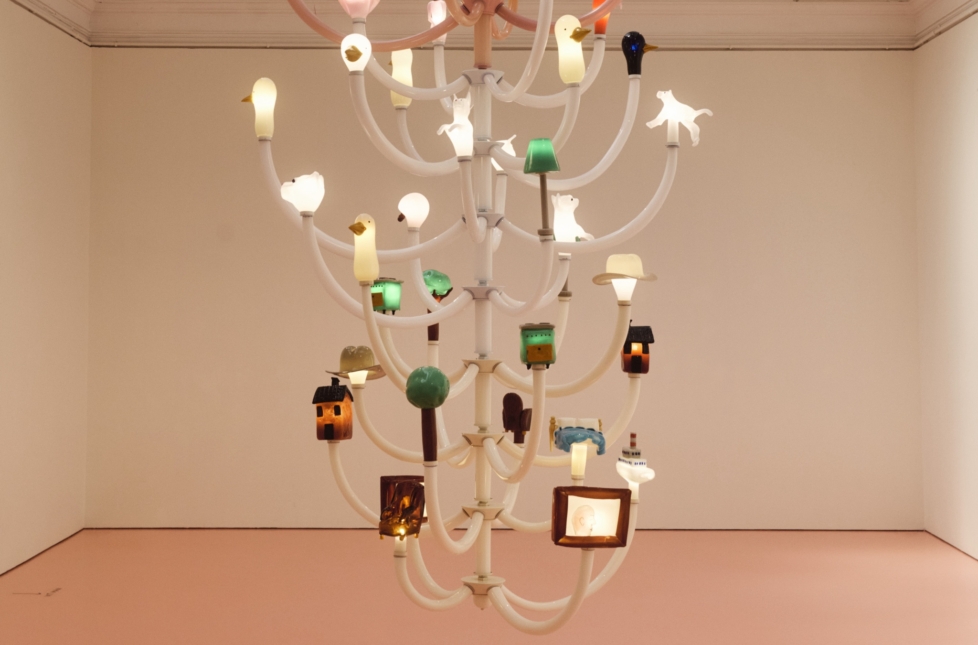
Børre Sæthre’s installation trilogy based on ‘secret’ public places where men hook up for sex was first launched with Ghost Arcade at Trondheim kunstmuseum in 2019. Before attending its final instalment – Last Dance, presented at Lysverket in Bergen, one of the venues comprising Kode – I expected the conclusion of the cruising saga to be a play-it-safe reprise of the much-discussed, critically acclaimed, and award-winning exhibition The Sound of the Atom Splitting at Nitja centre for contemporary art from 2021. Like several of Kode’s more substantial ventures in the aftermath of the Queer Cultural Year 2022, Last Dance is, in a sense, precisely that: a bestseller taking a victory lap. At the same time, it is something more and entirely its own.
Sæthre’s installation in Tårnsalen (Tower Room) at Lysverket takes us out of doors by means of a replica of the public urinal in the nearby park. Hidden speakers emit the gong of sonorously tolling bells, providing a semi-sacred, dense, and heavy soundscape. Set in motion by even the lightest of breezes, round sequins dance merrily along the walls, reflecting light from flashing incandescent lamps along the edge of a kidney-shaped stage. The effect is similar to streetlights reflected in the fluttering leaves on park shrubberies, rain-sodden in autumn darkness. In a raised glass case, reminiscent of a terrarium, knotted glass-blown sculptures representing used condoms lie on a bed of bark, leaves, and gravel.
This work’s similarities to its predecessors are many. However, instead of presenting a replica urinal as an elevated, beautified object staged for our viewing pleasure, as he did at Nitja, Sæthre has placed the trough itself around a corner in a secluded space with its own entrance. On stage is a tree of indeterminate species, lit from above and entirely covered by threads and spikes of dripping yellow-white beeswax resembling semen. Its terrible branches reach for the heavens. The pose of Børre’s sperm-covered tree makes it seem soulful and almost humanoid – or perhaps troll-like would be a more apt description: a monster with long searching arms.
The Bergen urinal is less of an aestheticised eye-catcher and more a lifelike, immersive space. Being invited in feels almost brutally transgressive, as if the inner sanctum of a close-knit community has been reduced to a spectacle, a scene offered for the general public’s voyeuristic pleasure. The entrance portal looks as if it has been cast or 3D-printed; the resemblance to the original in the park outside is uncanny. The space is open and bright, yet at the same time cramped and claustrophobic; there is little glamour about the cold wall tiles. Between the steel gutter and a tiled corner wall hangs a pair of wings, as if cut from the shoulders of some kind of immunocompromised Icarus figure. A vague palm print on the steel accentuates the eerie sense of absence.
The unsettling atmosphere is also fed by ubiquitous allusions to AIDS, desire and longing, suffering and excitement, all mixing and merging in a simultaneously romanticised glorification of and wistful warning against homo-hedonistic high-risk behaviour. Sæthre’s cruising trilogy lends itself well to being read as a project of memorialisation, an approach about which I feel ambivalent.
Sæthre’s exalted reframing of very concrete, more-or-less secret spots for casual sexual encounters lifts them into the public eye as something noteworthy. In so doing, the installation is very much in tune with the zeitgeist in its urge to historicise, map, and mark out so-called queer spaces, a practice which, by engaging in public ‘outing’, runs the risk of actively contributing to de-queering those same places. Thematically, this fascination (or fetishism) for intimate narratives about the queer realities ‘of the past’ is not exactly unbroken ground. Even so, there is something undeniably cool about being able to experience art made on the basis of such subject matter, drawing on local sources, in this format.







